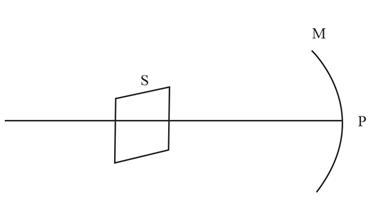While performing the experiment on tracing the path of a ray of light passing through a glass slab as shown in the figure, four students interpreted the results as given. Choose the correct option.
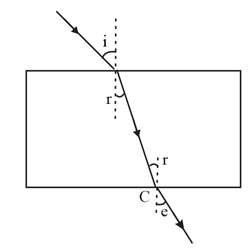

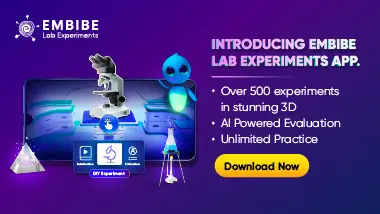
Important Questions on Light : Reflection and Refraction
Four students reported the following observation tables for the experiment to trace the path of a ray of light passing through a glass slab for different angles of incidence. The observation likely to be correct are those of student.
Which of the following set of materials represents the minimum material required for determining the focal length of a convex lens by obtaining the image of a distant object on a screen in your school laboratory.
(i) Set A - A candle, a match box, convex lens, a lens holder, a screen with stand.
(ii) Set B - A lens holder, a convex lens a concave lens, a measuring scale.
(iii) Set C - A convex lens, a lens holder, a screen with a stand, a measuring scale.
(iv) Set D - A convex lens, a burning candle, a screen with stand, a lens holder.
While tracing the path of ray of light passing from air through a rectangular glass slab, the setup, in which the best result will be obtained is
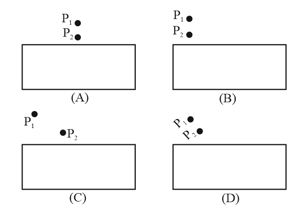
A student performs the experiment on tracing the path of ray of light passing through a rectangular glass slab for different angles of incidence. He measures the angle of incidence , angle refraction and angle of emergence for all his observations. He would find that in all cases.
Four students measured focal length of a concave mirror while performing an experiment as shown.
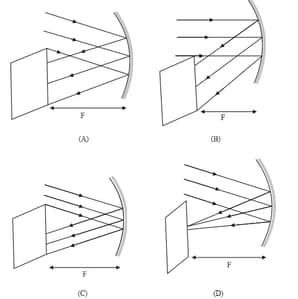
The picture which depicts the correct image formation is:
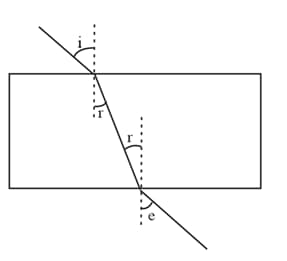
For the refraction through a rectangular glass slab the diagram is given below:
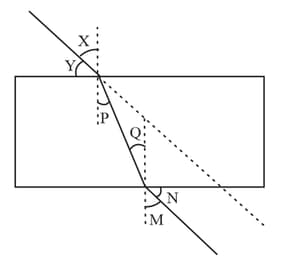
The angle of incidence, angle of a emergence and angle of refraction are respectively
In the adjoining figure, 'S' is the position of the screen on which a sharp image of a distant object (nearly away from the concave mirror of focal length ) is formed by the mirror 'M'. If the object moves towards the mirror by some distance, say , then to obtain the sharp image of the object on the same screen again the
